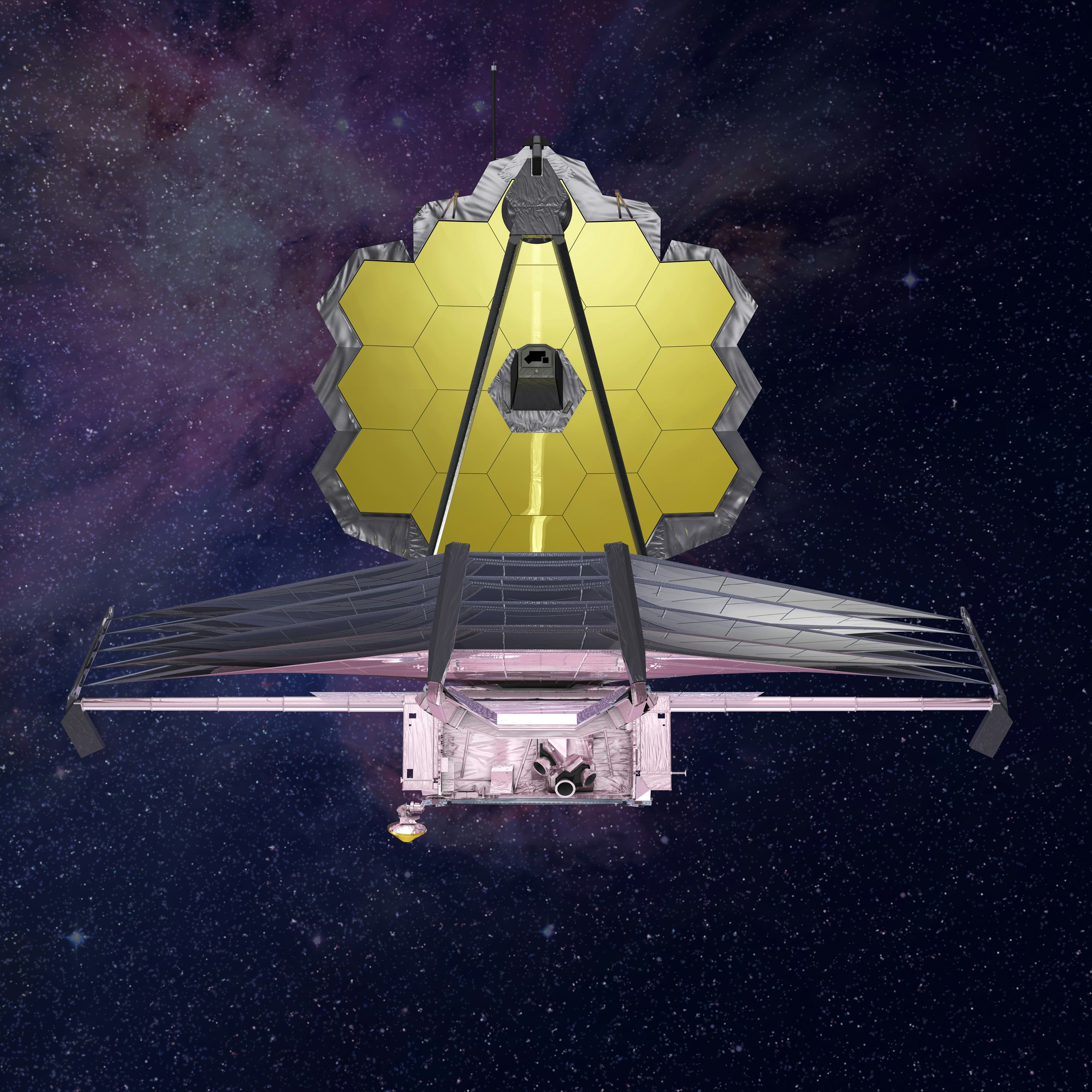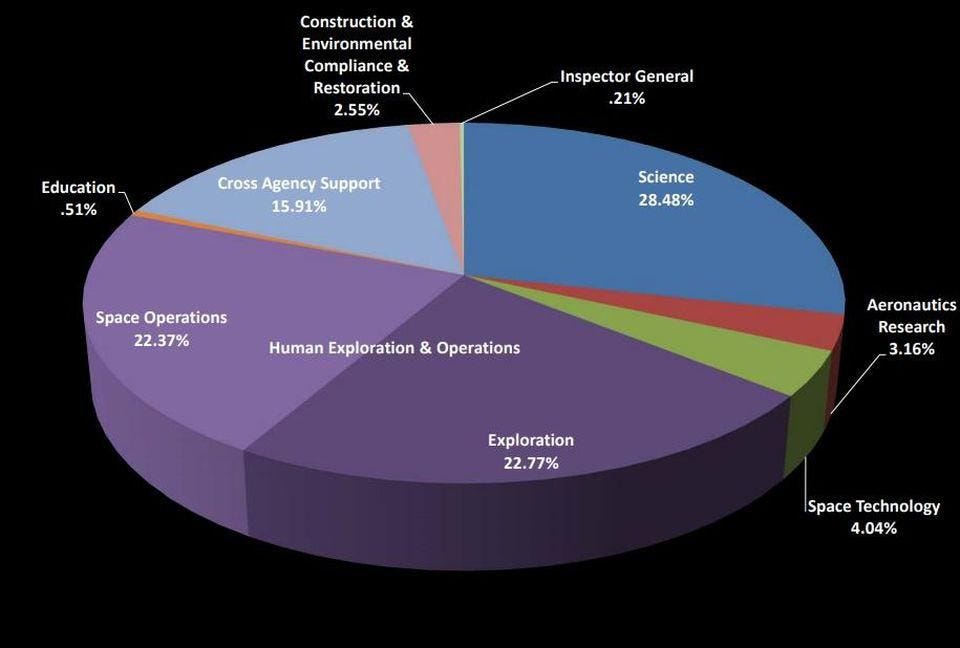

After a brief increase to 1.01% in 1992, it declined to about 0.5% in 2013. Only a scaled-back space shuttle was approved, and NASA's funding leveled off at just under 1% in 1976, then declined to 0.75% in 1986. victory in the Space Race - landing men on the Moon - erased the perceived threat, and NASA was unable to sustain political support for its vision of an even more ambitious Space Transportation System entailing reusable Earth-to-orbit shuttles, a permanent space station, lunar bases, and a human mission to Mars. The perceived national security threat posed by early Soviet leads in spaceflight drove NASA's budget to its peak, both in real inflation-adjusted dollars and in a percentage of the total federal budget (4.41% in 1966). The 2017 Economic Impact Report prepared by NASA for their Small Business Innovation Research (SBIR) and Small Business Technology Transfer (STTR) awards found that for FY 2016, these programs created 2,412 jobs, $474 million in economic output, and $57.3 million in fiscal impact with an initial investment of $172.9 million. In 2014, the American Helicopter Society criticized NASA and the government for reducing the annual rotorcraft budget from $50 million in 2000 to $23 million in 2013, impacting commercial opportunities. NASA also develops and commercializes technology, some of which can generate over $1 billion in revenue per year over multiple years manufacturing in FY 2012, with nearly $2 billion of that going to the technology sector. only 1% of an estimated 25,000 to 30,000 Space program spin-offs." Ī 2013 report prepared by the Tauri Group for NASA showed that NASA invested nearly $5 billion in U.S. $355 million in federal corporate income taxesĪccording to a 1992 Nature commentary, these 259 applications represent ".352,000 (mostly skilled) jobs created or saved.reports and backed by the 1989 Chapman Research report, which examined 259 non-space applications of NASA technology during an eight-year period (1976–1984) and found more than: Other statistics on NASA's economic impact may be found in the 1976 Chase Econometrics Associates, Inc. The discounted rate of return for this investment will have been 33 percent." Ī map from NASA's web site illustrating its economic impact on the U.S.


Economic impact of NASA funding Ī November 1971 study of NASA released by MRIGlobal (formerly Midwest Research Institute) of Kansas City, Missouri concluded that " the $25 billion in 1958 dollars spent on civilian space R & D during the 1958–1969 period has returned $52 billion through 1971 – and will continue to produce payoffs through 1987, at which time the total pay-off will have been $181 billion. In 1973, NASA submitted congressional testimony reporting the total cost of Project Apollo as $25.4 billion (about $158 billion in 2020 dollars). The agency was building up to the first Moon landing and the Apollo program was a top national priority, consuming more than half of NASA's budget and driving NASA's workforce to more than 34,000 employees and 375,000 contractors from industry and academia. NASA's budget peaked in 1964–66 when it consumed roughly 4% of all federal spending. Secondary references: Cost of Apollo program Office of Management and Budget (OMB) (needs proper citation-link, numbers here differ from NASA Pocket Statistics),Īir Force Association's Air Force Magazine 2007 Space Almanac History of NASA's annual budget (millions of US dollars) Calendar Year Since its inception, the United States has spent nearly US$650 billion (in nominal dollars) on NASA. It represents 0.48% of the $4.7 trillion the United States plans to spend in the fiscal year. NASA's budget for financial year (FY) 2020 is $22.6 billion. NASA's budget as percentage of federal total, from 1958 to 2017


 0 kommentar(er)
0 kommentar(er)
